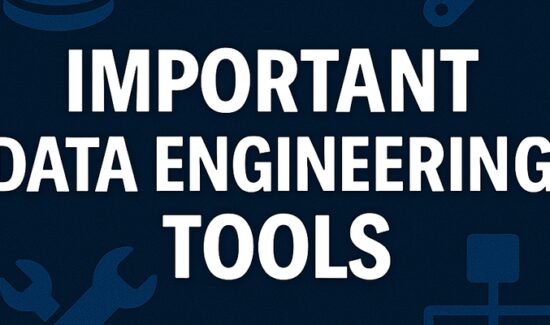Outmaneuvering Tariffs: Navigating Disruption with Data-Driven Resilience


Denodo’s VP of Product Marketing Dominic Sartorio offers commentary on outmaneuvering tariffs and navigating disruption with data-driven resilience. This article originally appeared in Insight Jam, an enterprise IT community that enables human conversation on AI.
Saying we live in a world of disruption and change has become cliché, but sometimes unpredictable events arise that put this statement into stark reality and challenge even the most resilient organizations. The most recent example of this has been the recent tariff policy of the US and responses from around the world.
The fact that tariffs are coming was expected – President Donald Trump campaigned promising tariffs – but few could have expected their severity (145% on Chinese imports, as of this writing) and their pace of change (prohibitively high “reciprocal” tariffs on 100+ countries, only to be temporarily rescinded days later). Also unpredictable were second-order effects such as stock and bond market reactions, affecting cost of capital, and consumer demand due to changing future expectations of inflation or concerns of future job loss.
In a global economy where most organizations are globally distributed and source components and services from all over the world, this rapidly-changing situation makes it exceedingly hard to answer the following questions:
- What are the margin impacts across our complex supply chain under various tariff scenarios?
- Where are the optimal sources at any given point in time and can we switch on short notice?
- What are the impacts on downstream customer demand, including demand elasticity of a given product as well as propensity to switch to a similar but less-tariffed product?
- What are the tradeoffs between long-term investing in supply capacity in less-tariffed countries or the USA itself, versus short-term switching between supply chain options already in place?
In most of the Global 2000’s C-suites and boardrooms, these questions are being asked, and operating leaders are struggling to present data-driven answers that are up-to-date as of that day’s tariff reality.
The root cause problem is the availability of the right data, to make decisions within days, or even same-day, of a new tariff scenario being put in place by the US administration. Most organizations will have siloed views of data, such as having a view of all components coming from a given supplier, or being delivered through a specific transportation provider. They may have a product-centric view, such as all suppliers contributing all the components of a given product.
This data often resides in supplier-management apps, procurement apps, demand forecasting apps, and so forth. Some may be consolidated into a data lake or data warehouse to enable advanced analytics, but the time required by a data engineering team to build the necessary data pipelines is often multiple days or weeks, and will usually be done only for scenarios that the business expects will be stable over time.
Most organizations lack the ability to quickly combine the right combination of data and provide the answers to questions arising from a specific tariff scenario that wasn’t thought of ahead of time. “On the fly” data delivery is a problem. Just telling the data engineering team to build data pipelines faster doesn’t work, especially if the work usually takes multiple days or weeks, and the business wants answers in hours. A fundamentally different approach is needed.
Imagine this hypothetical scenario: An organization has already shifted from Chinese to other southeast Asian suppliers whose countries are tariffed much less, but then the US government’s negotiations with those countries goes sideways, and the organization’s board wakes up the next morning to the news of those countries’ tariffs being unexpectedly raised over 100%, an almost certainly prohibitive level. What are their options now? Can they source from Europe? What are their costs/margins if they do so? Which is optimal? At what point does it make sense to invest in building the equivalent in the USA? How long would that take?
This organization’s operating leader is hearing these questions same-day. “I’ll get back to you in a few days” is an unacceptable answer.
This kind of “black swan” unpredictable scenario has happened in the past. March 15, 2020: Most of the world has suddenly locked down in response to Covid-19. What are the impacts on customer behavior? Have they stopped purchasing or increased in order to “stock up? Are they shifting to ecommerce? Are they changing the mix of products they buy? What is the impact of lockdowns on our suppliers, and the optimal way of sourcing and delivering in response to sudden shifts in demand?
Those organizations who could stand up the right dashboards and make the right decisions quickly, within days, thrived in this environment. Those that couldn’t, struggled to stay in business. Companies that were ready were able to provide solutions like a Covid-19 contact tracing dashboard for the entire state within days, and this enabled real-time distribution of medical staff and equipment across the entire state on a day-to-day basis.
The company made it operational within days of March 15th. In addition, a large retailer across North America, was able to optimally allocate product between in-person stores and e-commerce channels on a day-to-day basis. These organizations were asked within days of lockdowns, what are the impacts on our organization?
Become a resilient organization in the face of truly unpredictable and day-to-day changing high-stakes situations. If you have the right technology in place, you will already know the answer, because you have the right data at the right time.



















